|
BEAR |
COYOTE |
MOUNTAIN LION |
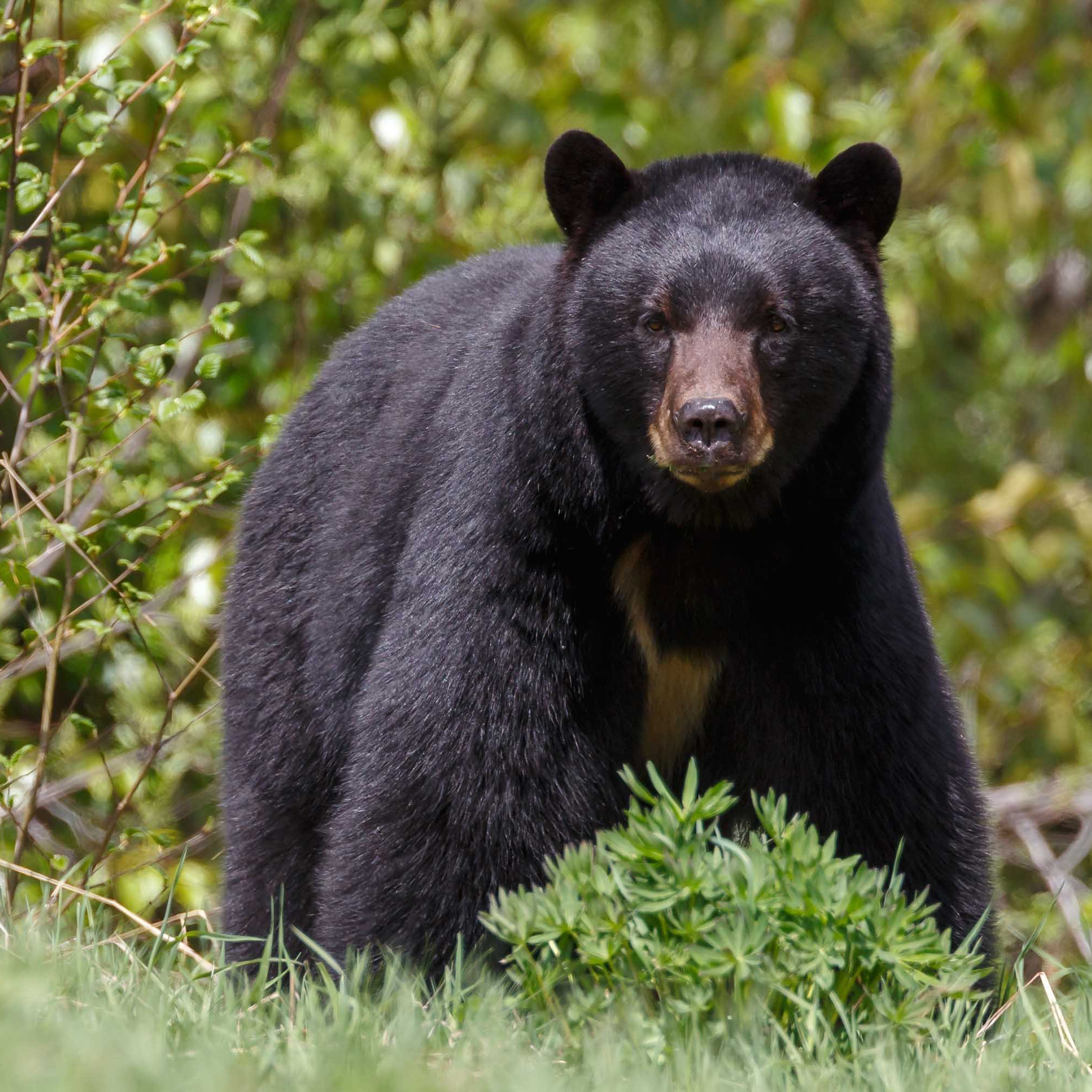 |
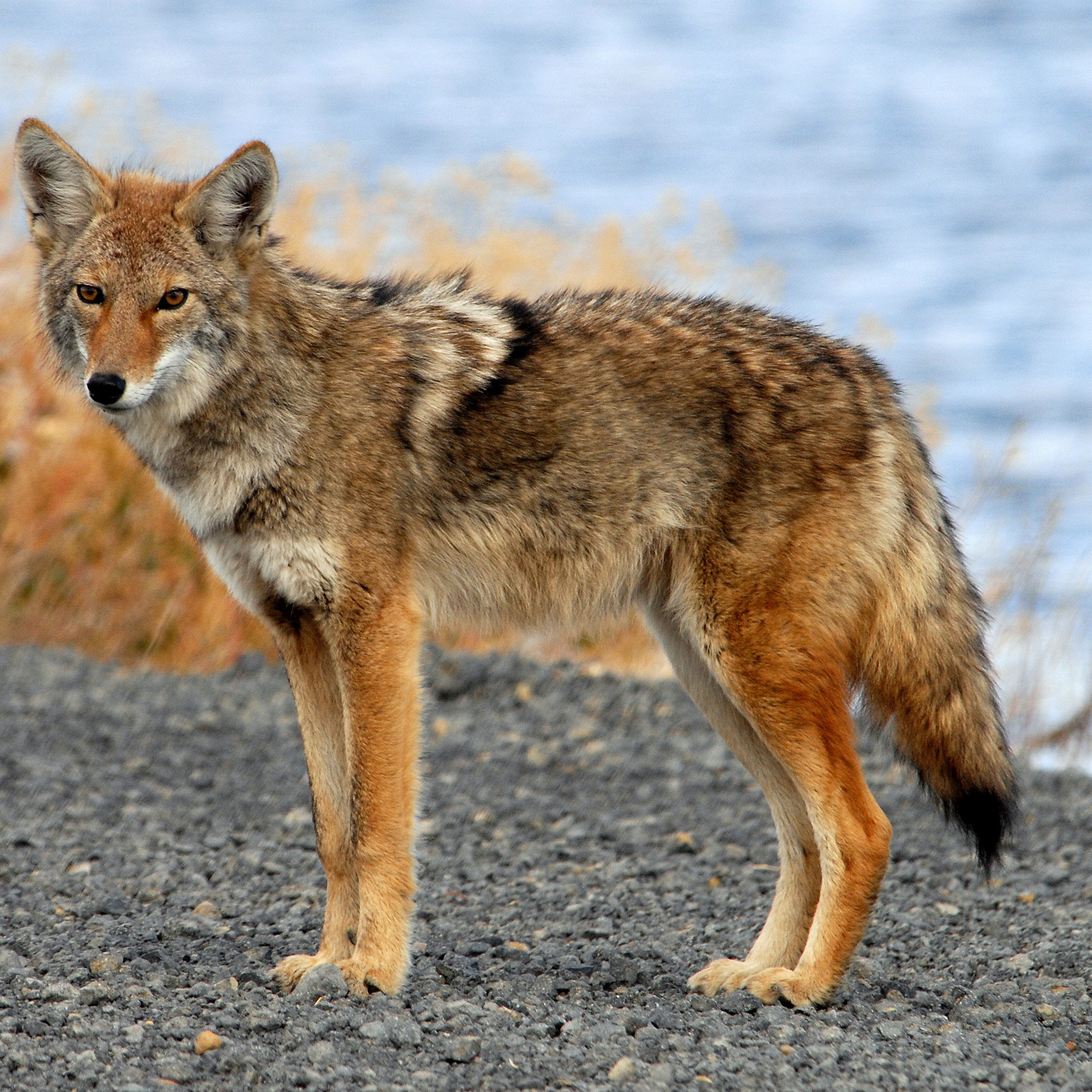 |
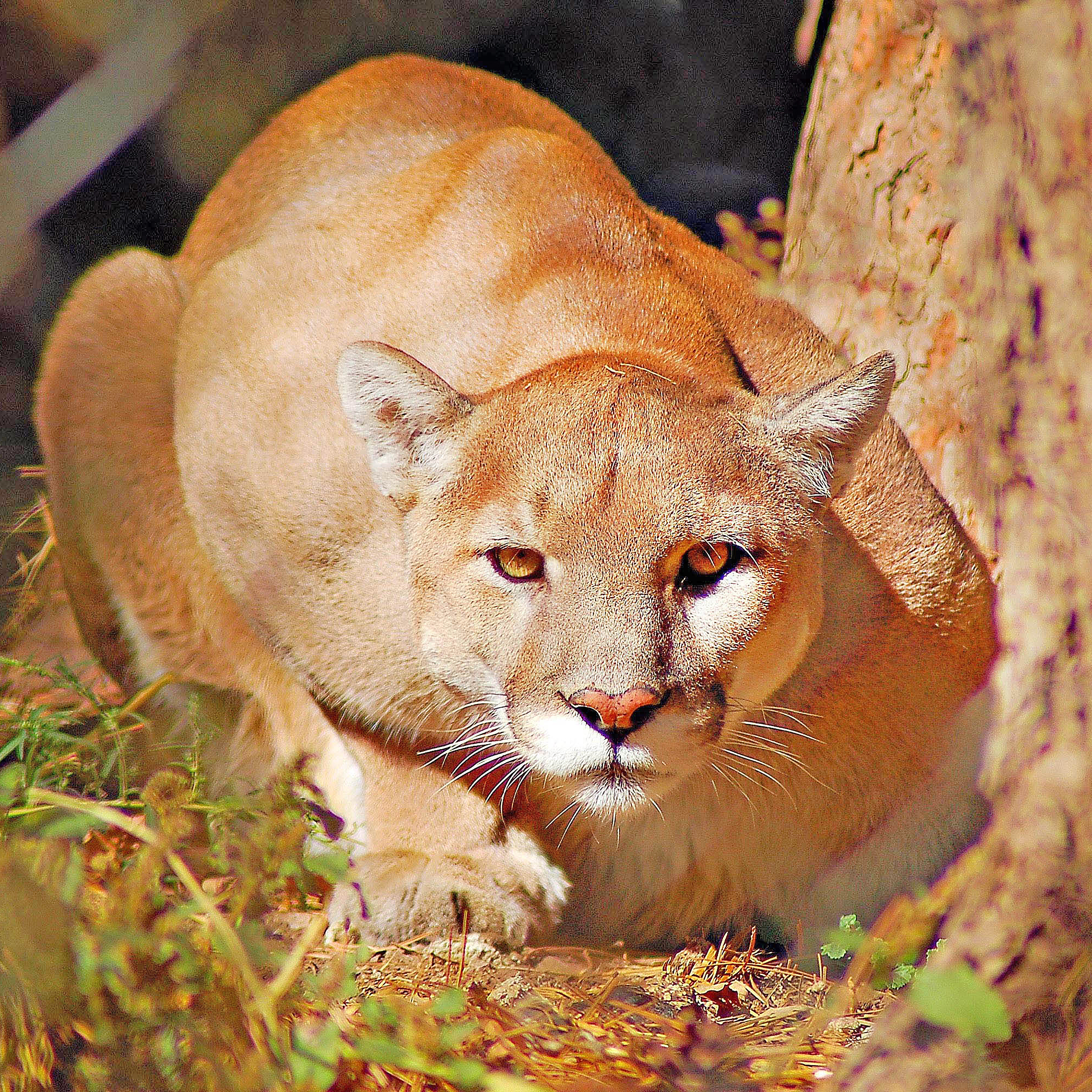 |
|
Bears are attracted to anything edible or smelly. It's not un-common see bears in or around communities near bear habitat. |
Coyotes given access to human food and garbage, tend to lose their natural fear of people and may cause some damage. |
There is a chance you may be attracting mountain lions to your property without even knowing it. |
|
|
|
|
|
DEER |
RATTLESNAKE |
RACCOON |
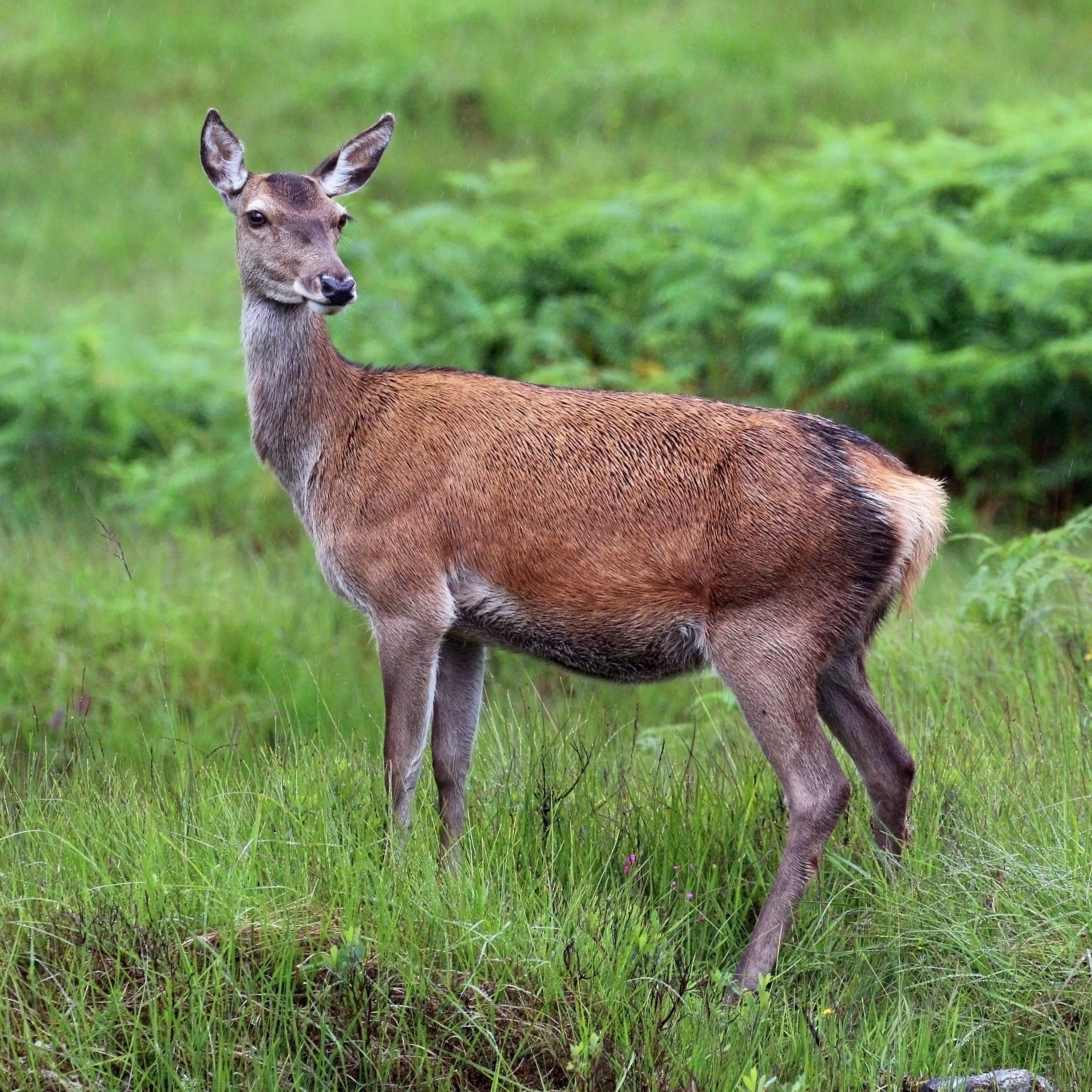 |
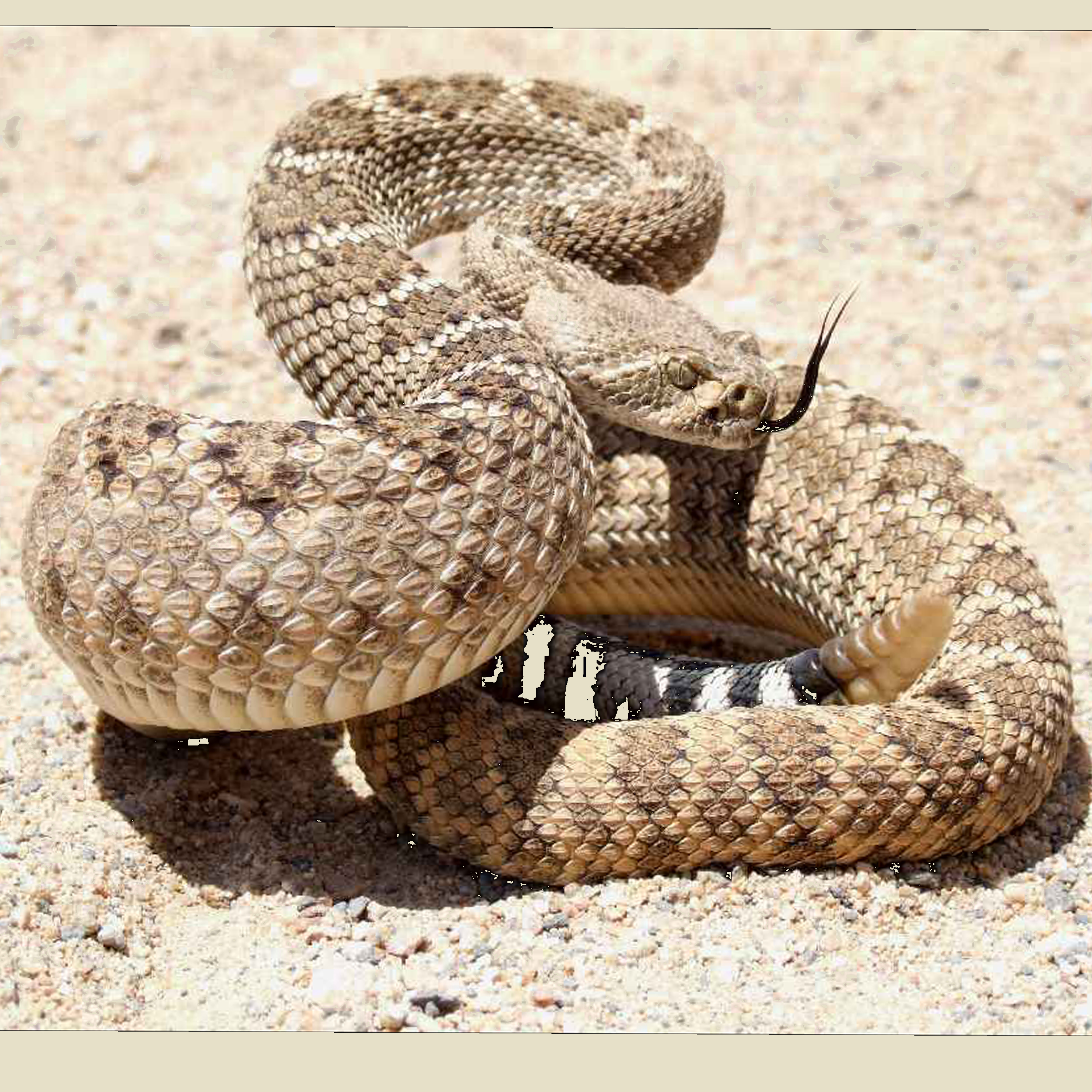 |
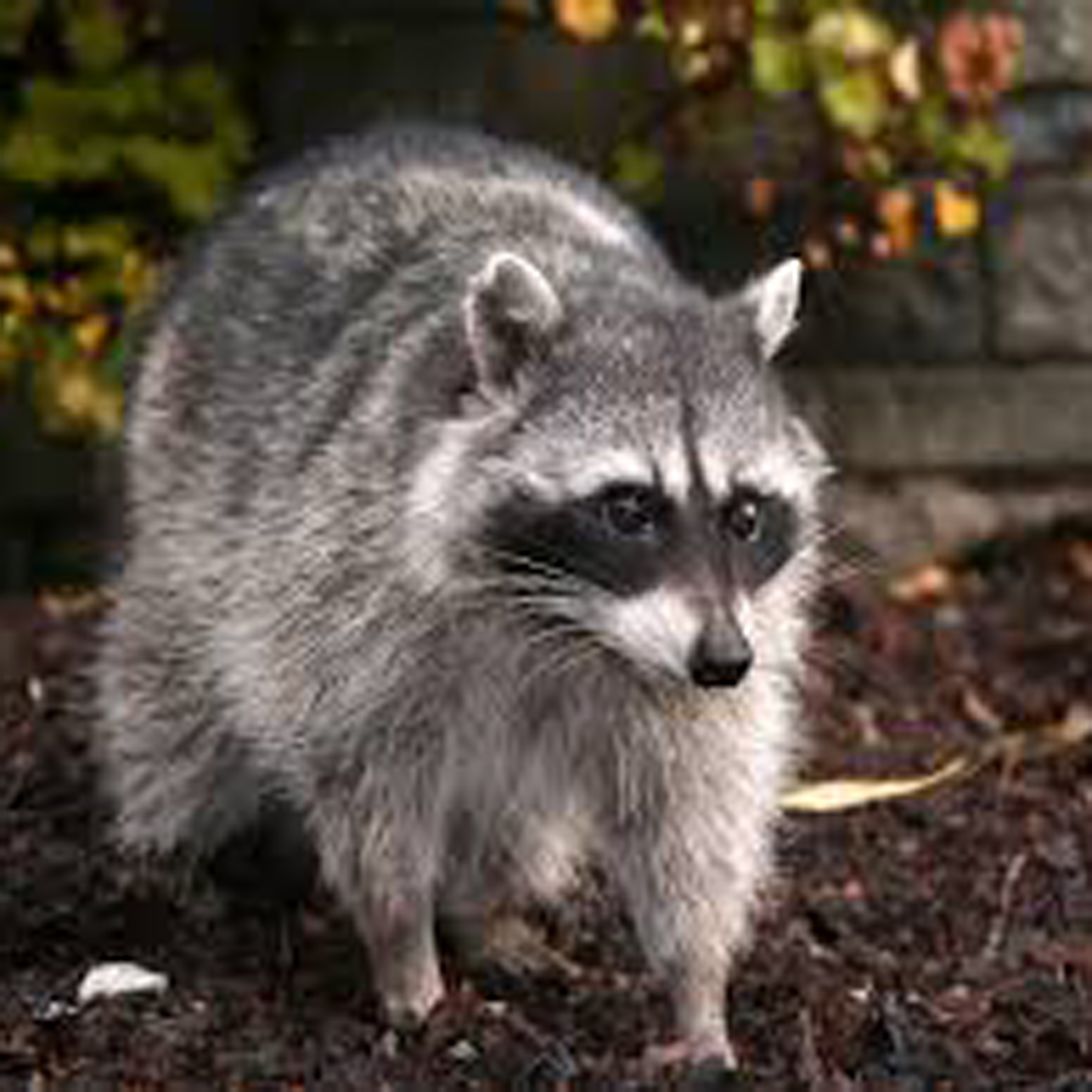 |
|
Deer attracted to food near or in your property may be attracting mountain lions. Where there are deer there are mountain lions. |
Rattlesnakes generally retreat if given room and not provoked or threatened. Be careful to reduce your chances of being bit. |
Adapts extremely well to urban and suburban environments. Distemper outbreaks are seen in raccoons every few years. |
|
|
|
|
|
BOBCAT |
OPOSSUM |
SKUNK |
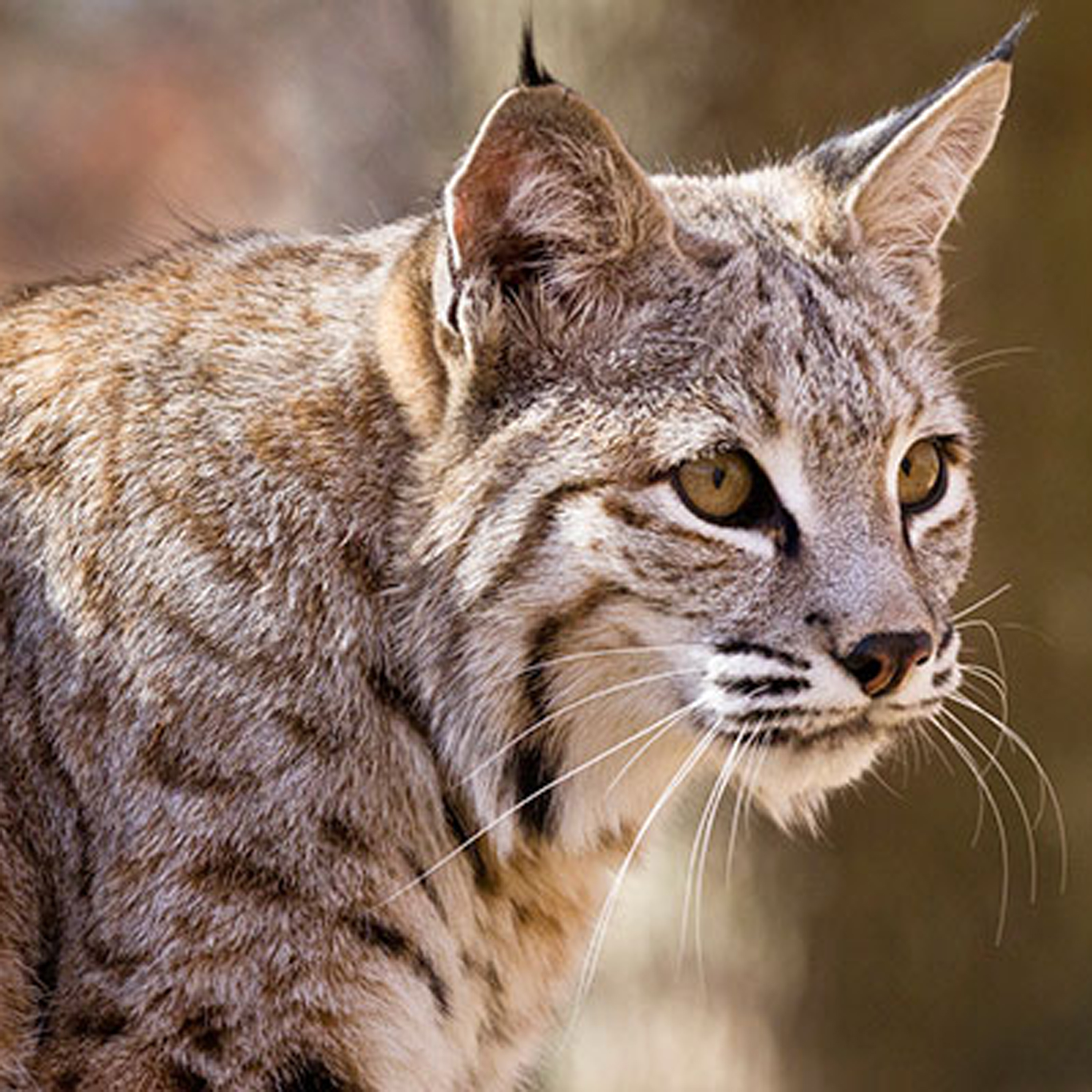 |
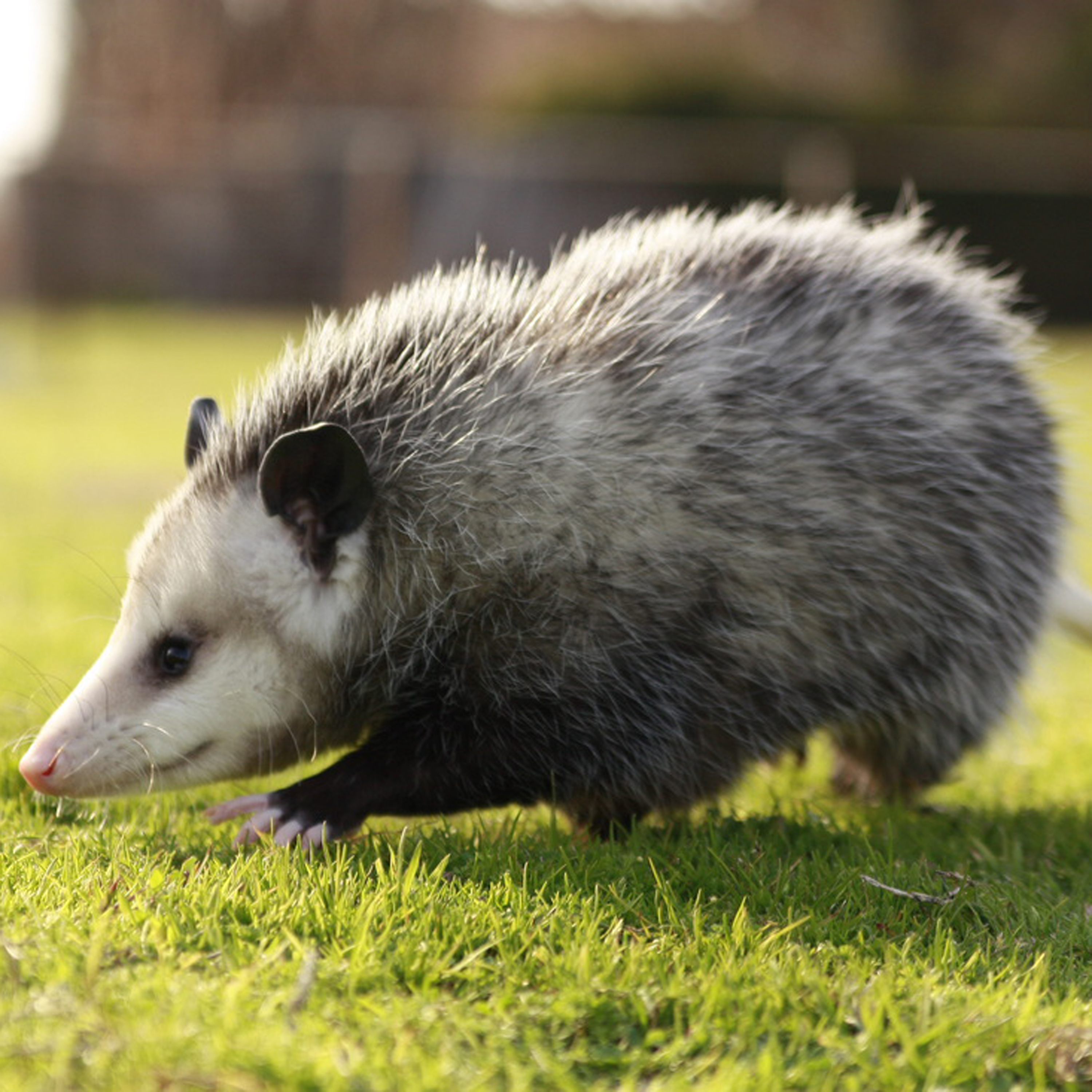 |
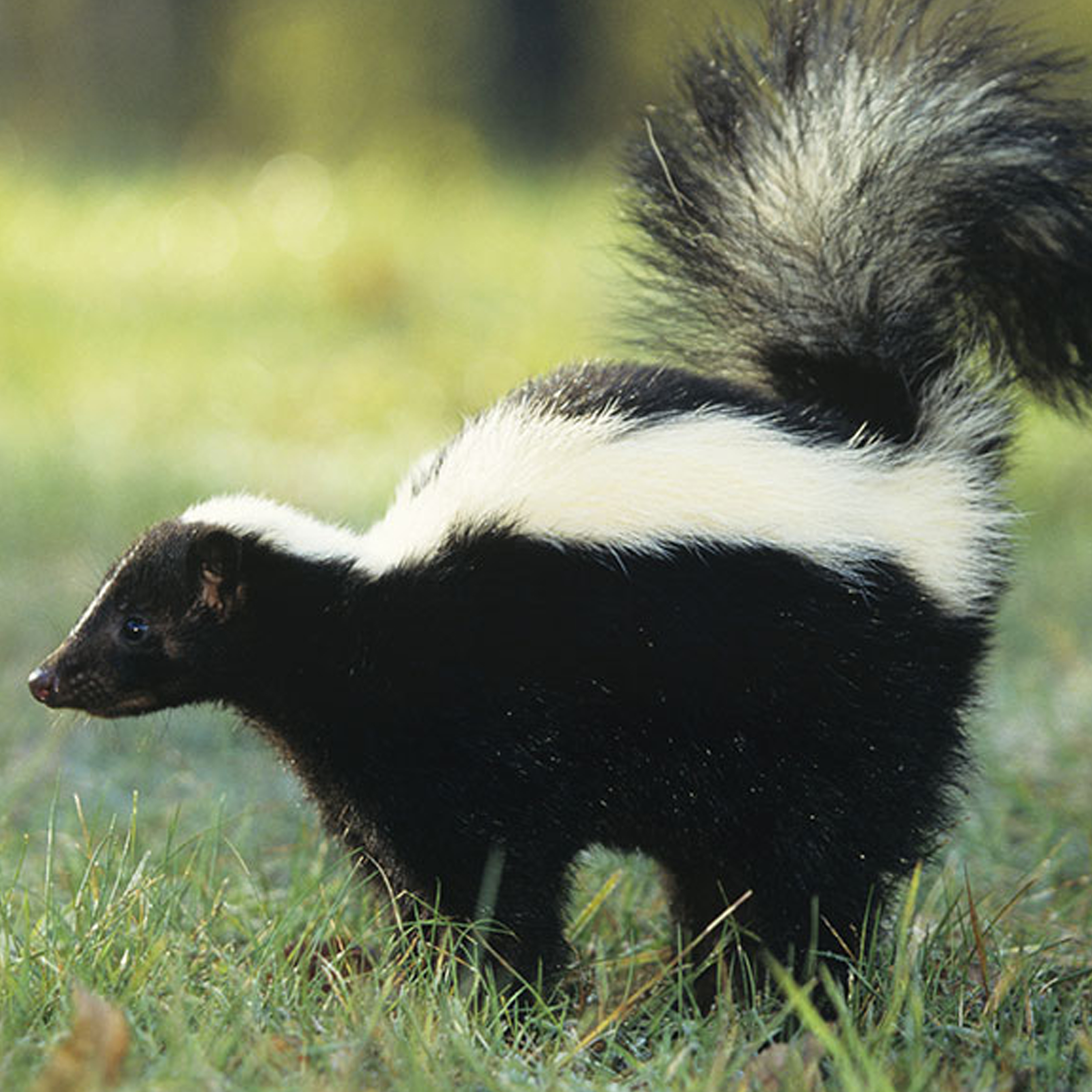 |
|
It is typically easy to persuade a bobcat to keep its distance. They are quiet, shy, & reclusive. Learn about ways you can make your home less inviting. |
Having lost much of their natural fear of people the opossum may likely visit vegetable gardens, compost piles and garbage cans in nearby homes. |
Reduce access to food, water, and shelter to make your home less attractive to skunks. The management of insects and grubs can further reduce the sources of food for skunks. |
|
|
|
|
|
HAWK |
GROUND SQUIRREL |
BIRDS |
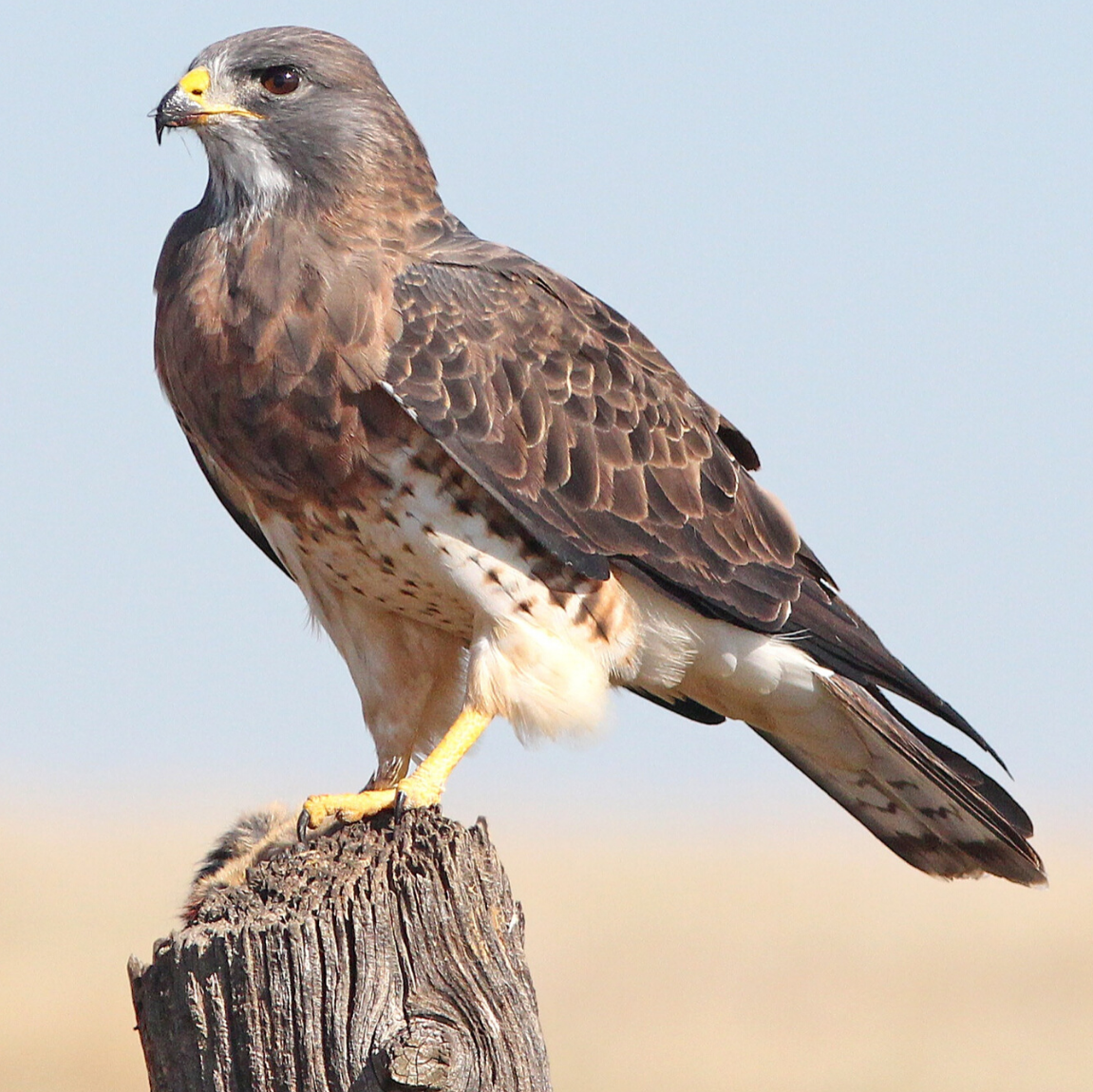 |
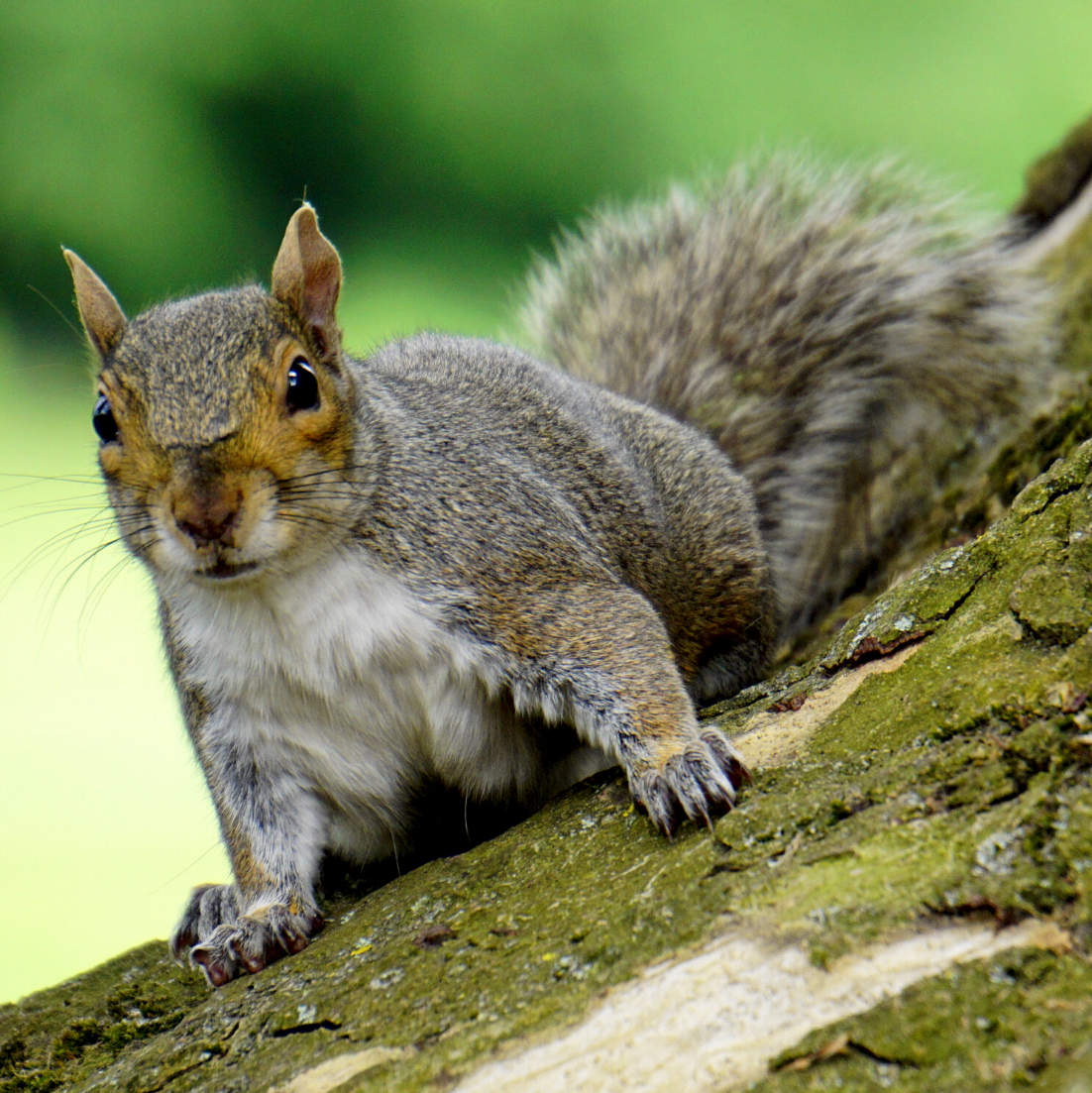 |
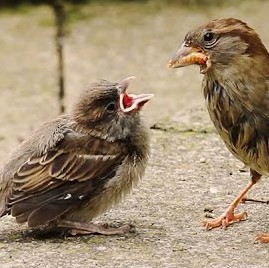 |
|
A member of the raptor family, the hawk is a fierce bird of prey that hunts smaller animals and is protected by State law. |
Although not very threatening, squirrels can carry diseases harmful to people. Never feed or approach a wild squirrel. |
Many songbird fledglings leave the nest before able to fly. If you find a young bird, often the best thing to do is leave it alone. |
|
|
|
|
|
RABBIT |
DUCK |
BAT |
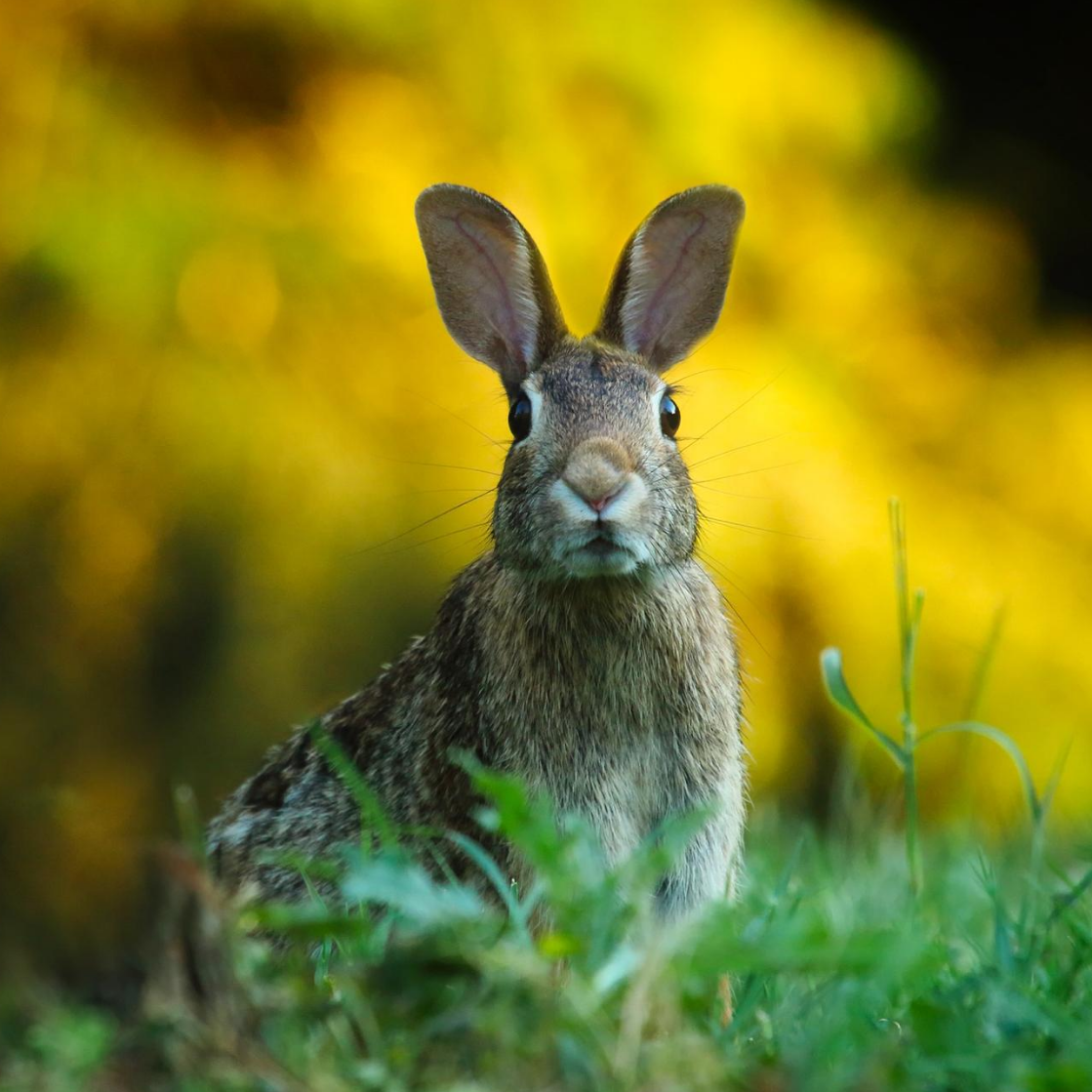 |
.png) |
.png) |
|
Rabbit Hemorrhagic Disease affects both wild and domestic rabbis, click on the picture above to learn more. |
Keeping ducks outside of your pool or yard is much easier than trying to get them out later. |
California is home to 25 species of bats. Almost all are nocturnal and insectivores. |
|
|
|
|